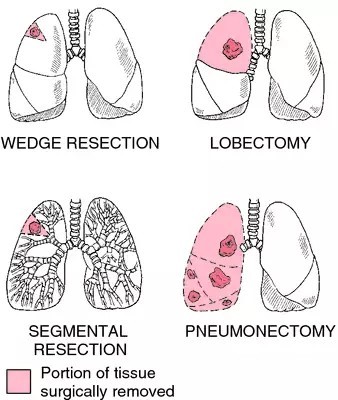A primiparous woman presents in labor with the following labs: hemoglobin 10.9 g/dL (109 g/L), hematocrit 29% (0.29), hepatitis surface antigen positive, group B Streptococcus positive, and rubella non- immune.
Which intervention should the nurse implement?
Reference Range
- Hemaglobin [Reference Range:12-16 g/dL (120-160 g/L)]
- Hematrocrit [Reference Range:Pregnant female: 37% to 47% (0.37 to 0.47 volume fraction)] Hepatitis Surface Antigen [Reference Range: negative]
- Group B Streptococcus [Reference Range: negative]
Transfuse two units packed red blood cells.
Administer ampicillin 2 grams intravenously.
Inject hepatitis B immune globulin 0.5 mL.
Give measles, mumps, rubella vaccine 0.5 mL.
The Correct Answer is B
The client's labs indicate that she has a positive result for group B Streptococcus (GBS) and hepatitis surface antigen, and she is also identified as rubella non-immune.
Ampicillin is the recommended antibiotic for intrapartum prophylaxis against GBS infection to reduce the risk of transmission to the newborn. Administering ampicillin intravenously would help protect the newborn from potential GBS-related complications. Transfusion of packed red blood cells is not indicated based on the hemoglobin and hematocrit values provided. The client's hemoglobin and hematocrit levels, although lower than the reference range, are not critically low and do not necessarily require a blood transfusion.
Injecting hepatitis B immune globulin is not the appropriate intervention in this case. The client is positive for hepatitis surface antigen, indicating active infection, and requires appropriate medical management, which may include antiviral treatment.
Administering the measles, mumps, rubella vaccine is contraindicated during pregnancy. Vaccination for rubella is typically recommended prior to conception or postpartum to prevent congenital rubella syndrome.
Nursing Test Bank
Naxlex Comprehensive Predictor Exams
Related Questions
Correct Answer is A
Explanation
Following a pneumonectomy, it is important for the client to gradually resume normal activities and engage in social interactions. Encouraging family gatherings can provide emotional support, facilitate social connections, and help reduce feelings of isolation that the client may be experiencing.
While it is generally important for clients who have undergone a pneumonectomy to take precautions to reduce the risk of respiratory infections, such as avoiding crowded places and individuals with respiratory infections, completely avoiding social contact for several weeks is not necessary or realistic in most cases. It is essential to find a balance between protecting the client's health and promoting their emotional well-being and social integration.
Wearing a face mask during family events may not be necessary unless there is a specific concern about respiratory infections. The nurse can educate the client about the importance of good hand hygiene and avoiding close contact with individuals who are actively ill with respiratory infections.

Correct Answer is C
Explanation
A) This option is unnecessary because droplet precautions do not require a particulate filter mask. Particulate filter masks are needed for airborne precautions. Sending the UAP for fitting delays care without providing additional safety benefits for droplet precautions.
B) While a standard face mask is appropriate for droplet precautions, the part about getting fitted for a filter mask is unnecessary. It implies that a particulate filter mask is needed, which it is not for droplet precautions. This option also incorrectly suggests that vital signs can be obtained with a standard mask, but personal care requires a particulate filter mask, which is not accurate.
C) Droplet precautions require the use of a standard face mask, not a particulate filter mask (such as an N95 respirator). Particulate filter masks are required for airborne precautions, which are necessary for diseases like tuberculosis, measles, or chickenpox. For droplet precautions, a standard surgical mask is adequate to prevent the transmission of infections like influenza. Thus, the UAP can safely provide care to the client with flu-like symptoms by wearing a standard face mask.
D) This option is unnecessary because a particulate filter mask is not required for droplet precautions. Changing assignments based on this criterion is not needed and could disrupt the workflow without enhancing safety. The focus should be on ensuring staff understand and use the appropriate PPE for droplet precautions.
Whether you are a student looking to ace your exams or a practicing nurse seeking to enhance your expertise , our nursing education contents will empower you with the confidence and competence to make a difference in the lives of patients and become a respected leader in the healthcare field.
Visit Naxlex, invest in your future and unlock endless possibilities with our unparalleled nursing education contents today
Report Wrong Answer on the Current Question
Do you disagree with the answer? If yes, what is your expected answer? Explain.
Kindly be descriptive with the issue you are facing.
